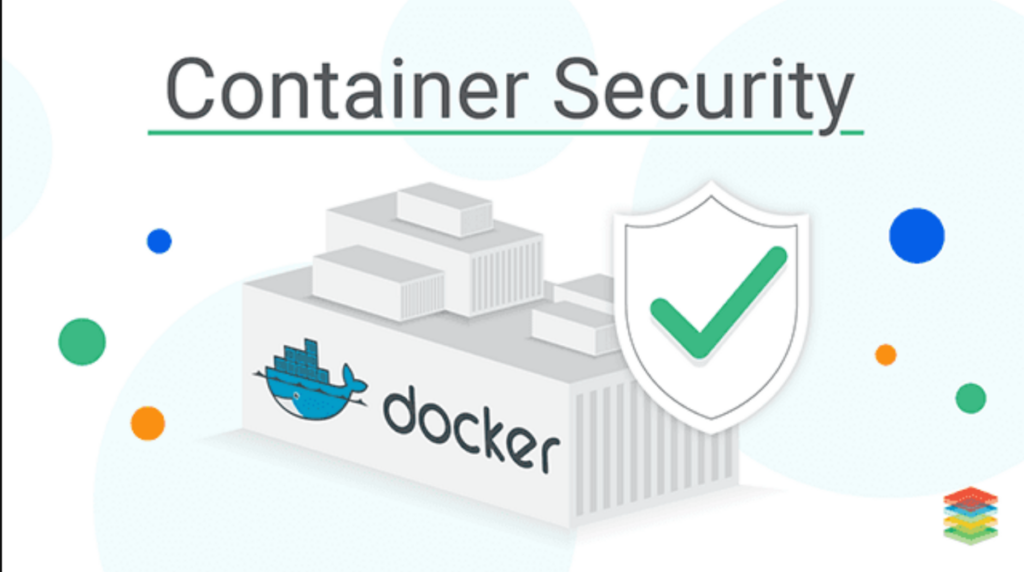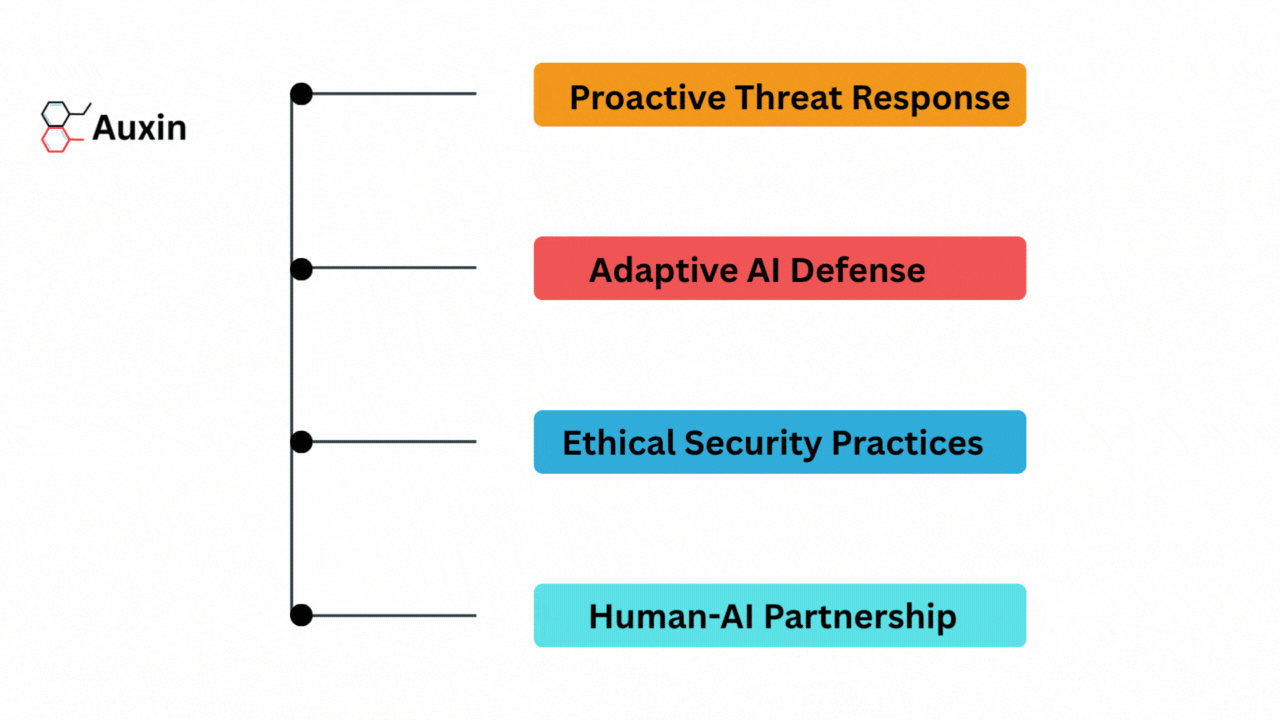AlphaContainer Runtime Security: Challenges and Solutions
According to a report by Forrester, container adoption is on the rise, but with it comes new security challenges. Runtime security is a critical component of container security, as it involves protecting containers from potential attacks while they are in operation. As containers are ephemeral and can be spun up and down quickly, traditional security tools and processes are often ill-suited for securing them. However, new solutions that leverage machine learning and automation are emerging to provide real-time visibility and threat detection for containers.
By adopting a runtime security approach such as AlphaContainer, businesses can more effectively protect their container environments and minimize risk without sacrificing containers’ agility and speed. Ultimately, as containers continue to gain traction in modern IT environments, runtime security will become an increasingly vital tool for businesses looking to stay ahead of the curve in the ever-evolving threat landscape.
Container security
Securing containers against malware, data breaches, and other potential threats at every stage of their lifecycle is known as container security. Whether you’re building a container image, loading it into a registry, or deploying it in a production environment, it’s crucial to have robust tools and processes to ensure the container is adequately protected from possible threats.
Importance of Container Security
Containerization technology provides many benefits, such as improved portability, scalability, and efficiency. However, it also introduces new security challenges. Containers are dynamic and transient, meaning they can be spun up and down quickly, making them difficult to track and secure. In addition, containers share the same kernel as the host system, which increases the risk of an attacker compromising the entire host. Alpha Container Security provides a comprehensive approach to securing containers and helps to mitigate these risks.

Practices of Container Security
Containerization technology has become increasingly popular due to its numerous benefits. However, the dynamic nature of containers and the fact that they share the same kernel as the host system introduces new security challenges. Container security practices are essential to ensure the safety and security of your containerized workloads.
- Limit Container Capabilities
Limiting the capabilities of containers is an essential practice of container security. Containers should only have the necessary privileges and permissions to run the required application or service. Limiting container capabilities helps to prevent privilege escalation attacks.
- Implement Access Control
Implementing access control is another essential practice of container security. You should have strict access control policies to ensure that only official users can access your containerized workloads. This includes implementing role-based access control and using multi-factor authentication.
- Use Network Segmentation
Using network segmentation is a crucial practice of container security. Containers should be isolated from each other and the host system. This helps to prevent the lateral movement of attackers within the containerized environment.
- Monitor Container Activity
Monitoring container activity is an essential practice of container security. You should monitor container activity in real time and log all activity. This includes monitoring container logs, network traffic, and system calls. This helps to detect and respond to security incidents quickly.
- Implement Constant Integration and Delivery (CI/CD) Pipelines
Implementing CI/CD pipelines is an essential practice of container security. CI/CD pipelines help to automate the deployment of containerized workloads and ensure that all security controls are in place before deployment. This includes vulnerability scanning, image signing, and policy enforcement.
How can Alpha Container Security Help Protect Your Containerized Workloads?
Image Scanning
AlphaContainer Security provides image scanning capabilities that can scan container images for known vulnerabilities and malware. This helps to identify and mitigate security risks early in the development lifecycle.
Runtime Protection
AlphaContainer Security provides runtime protection for containerized workloads. This includes network segmentation, access control, and intrusion detection. This helps ensure your containerized workloads are secure and protected against known and unknown threats.
Compliance Management
AlphaContainer Security provides compliance management capabilities that can help ensure that your containerized workloads comply with regulatory conditions such as PCI DSS, HIPAA, and GDPR. This includes providing audit trails, access logs, and compliance reports.
Vulnerability Management
AlphaContainer Security provides vulnerability management capabilities that can help to manage vulnerabilities in containerized workloads. This includes providing automated patching, vulnerability remediation, and risk assessment.
Conclusion
Using AlphaContainer Security is an effective way to secure containerized workloads. By implementing best practices such as image scanning, runtime protection, and compliance management, you can help ensure that your containerized workloads are secure, compliant, and protected against known and unknown threats. With its range of features and capabilities, AlphaContainer Security is a powerful tool for securing containers and can help mitigate the security risks associated with containerization technology.







